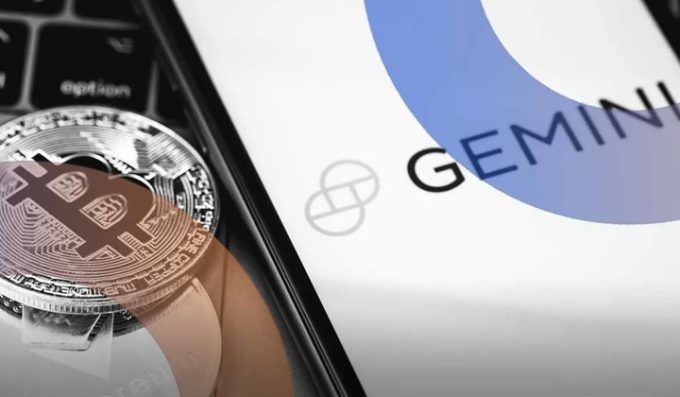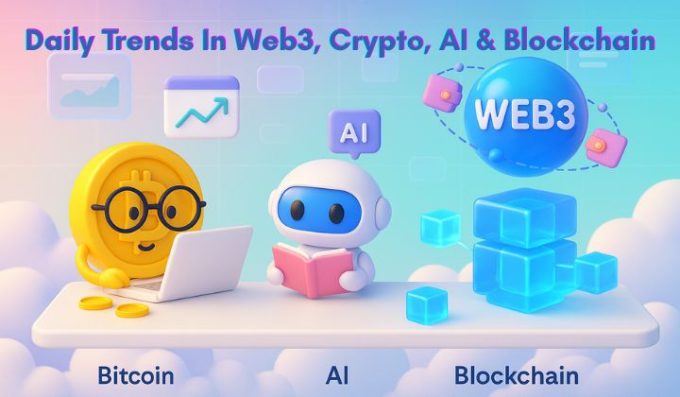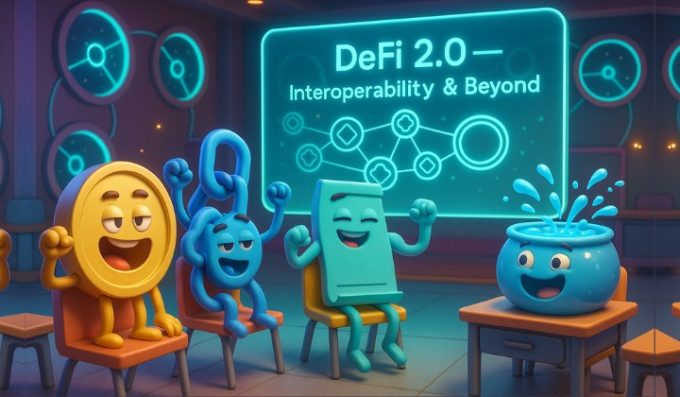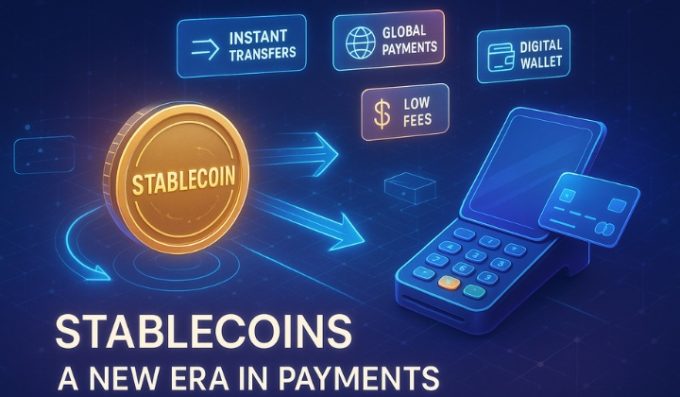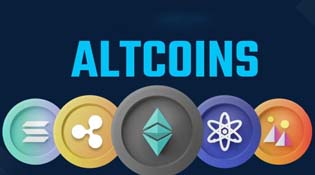Are Fractional NFTs A Good Choice?
A whole NFT that has been divided into smaller pieces is called a fractional NFT (F-NFT), which enables many people to claim ownership of various pieces of the same NFT. Using a smart contract set up to produce a certain number of tokens tied to the original, indivisible NFT, NFTs are fractionalized. These fractional tokens reflect a portion of each NFT holder’s ownership.
Fractional NFTs vs Traditional NFTs
F-NFTs represent a portion of ownership in a full NFT. This fractionalization can be reversed. The investor can swap his fractions of the original NFT as they like thanks to the smart contract’s buyout option.
When a holder of an F-NFT transfers share back to the smart contract, it starts a buyback auction that lasts for a set amount of time. During that time, the other holders may decide. If the buyout goes through, the fractions are immediately transferred back to the smart contract, and the buyer now owns the entire NFT.
How do Fractional NFTs work?
NFTs are locked in a smart contract before being fractionalized.
The ERC-721 token standard for Ethereum is used by a standard NFT. The smart contract fractionalizes the NFT by splitting it into smaller portions as ERC-20 tokens.
The first NFT owner controls the minimum price, the number of ERC-20 tokens that are created, and other factors.
Each ERC-20 coin reflects a portion of the original NFT ownership.
Anyone can buy one or more fractions through fractional NFT platforms like Fractional art once these fractional tokens are made available for purchase.
It’s also crucial to remember that fractionalization can be undone, turning F-NFTs back into conventional NFTs.
What are the benefits of Fractional NFTs?
More and more individuals are starting to invest in the emerging market since F-NFTs were developed. There are many benefits to the new strategy.
Greater liquidity
Popular collections often see a significant price hike as NFTs gain popularity. Due to this, only a few groups of wealthy investors can access some NFTs. Fractional NFTs allow you to split up the ownership of ERC-721 or ERC-1155 tokens into a number of ERC-20 tokens, lowering their cost.
Increased visibility for creators
Because fractionalization enables digital creators to reach a bigger audience in a more liquid market, they can gain even more visibility online.
Price Discovery
Choosing the appropriate price for a more expensive NFT with little or no transaction history might be challenging.
By making the NFT more accessible and allowing more people to trade it, fractionalizing it makes it simpler for purchasers to determine the NFT’s true value.
Democratization
Many people cannot afford the rising costs of some of the most well-known NFTs, which prevents smaller investors or collectors from taking part in the NFT market. A costly NFT can be fractionalized to reduce costs and increase accessibility.
Risks associated with investing in F-NFTs
Here are a few cons of purchasing a fraction of an NFT
Market Volatility
NFTs and F-NFTs are significantly dependent on the volatile cryptocurrency market. Despite the fact that F-NFTs increase democratization and make NFTs more accessible, the market for these digital assets is still very young, and the laws governing them are still developing.
Undesirable Auction Buyouts
F-NFT auction buyouts typically assist the first NFT owner in completely reconstituting the NFT. However, unfavorable buyouts may result in financial loss for the original holder.
Security Depends On Smart Contracts
A fractionalized NFT’s security is dependent on the smart contract it is locked in. An audited and well-written smart contract is often secure. However, if a smart contract has security issues, all the addresses connected to that contract could be made public. Cybercriminals can therefore steal money from all the addresses that conducted transactions through the flawed system.
Regulatory Issues
The SEC may consider F-NFTs to some extent to be fungible securities because they allow for collective ownership of digital assets. Securities are assets that are interchangeable and fungible that are used to raise finance. In contrast to NFTs, which are distinctive and irreplaceable, they are the exact opposite.
Such securities, as well as the full transactional information of the sellers, must be registered with the SEC.
You need to login in order to Like






